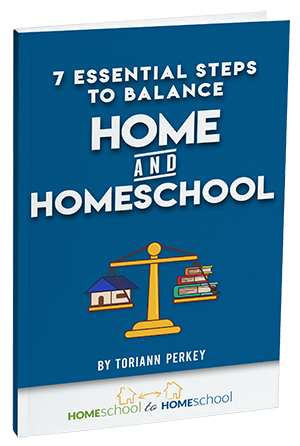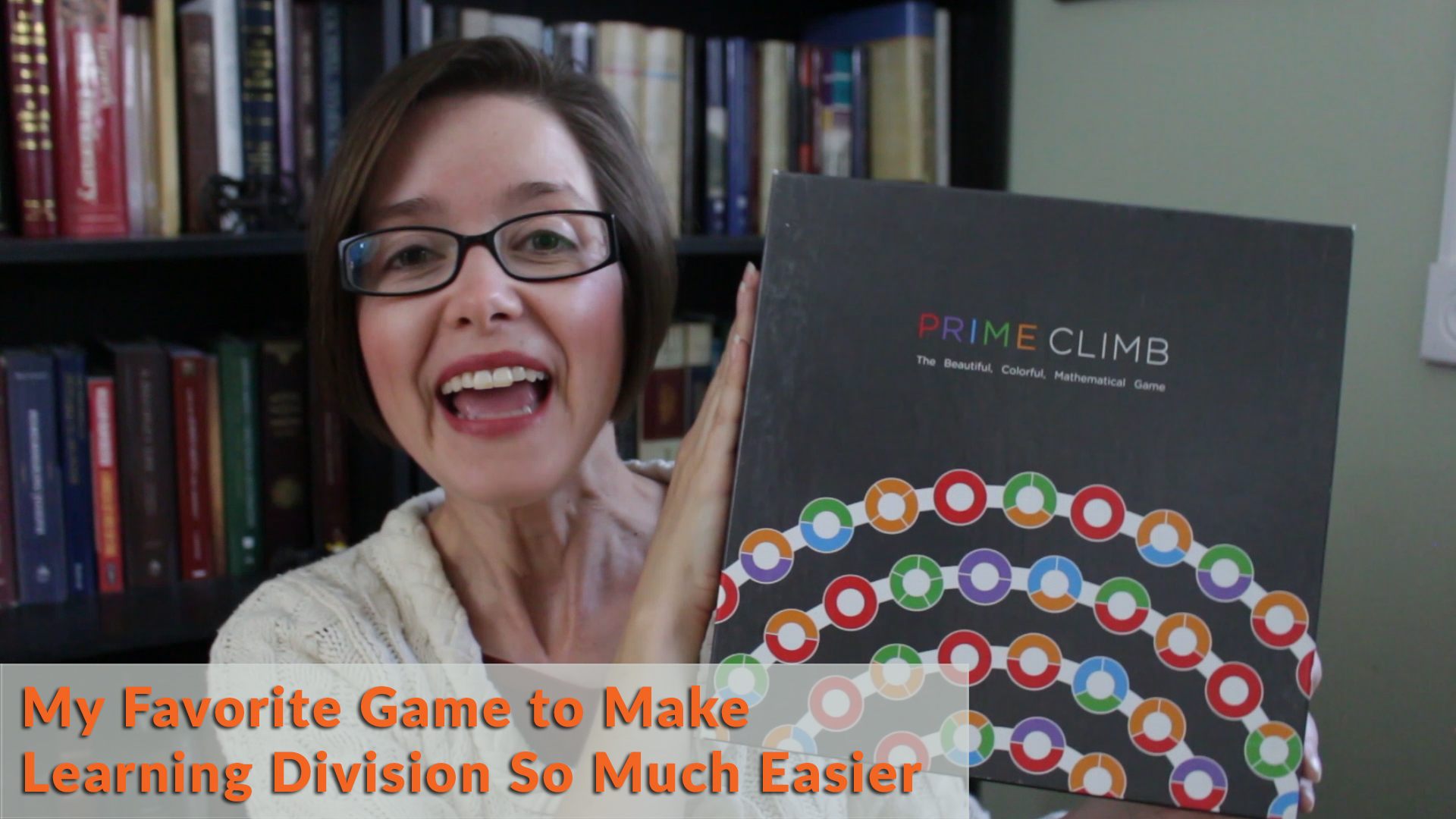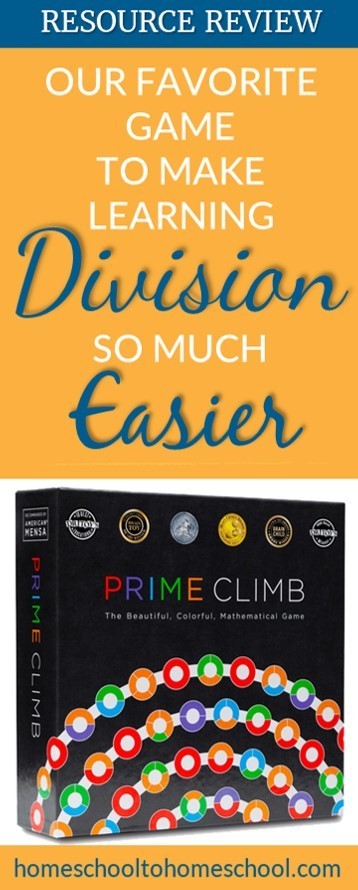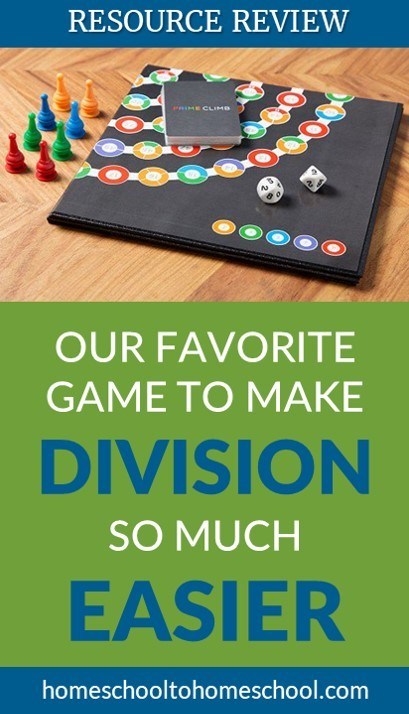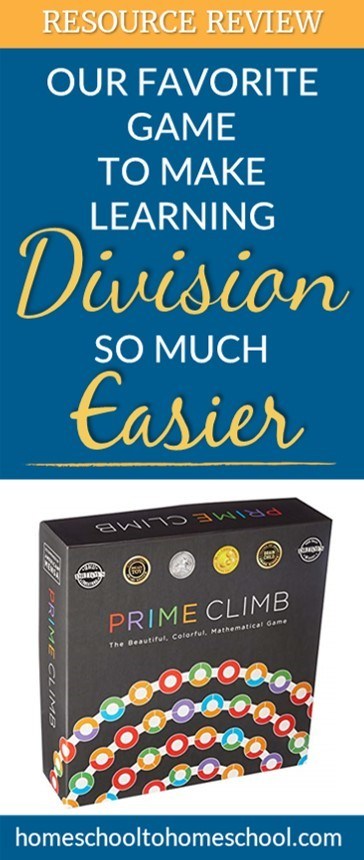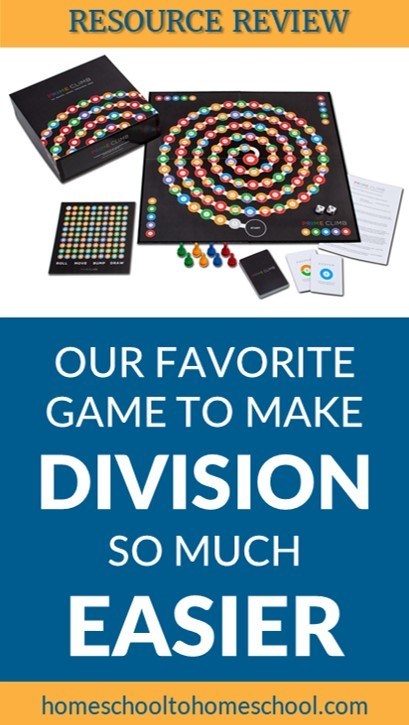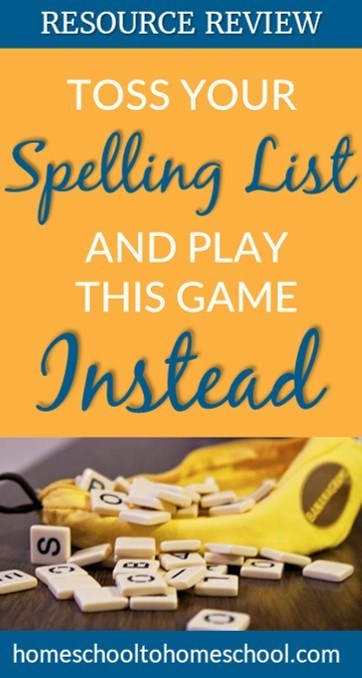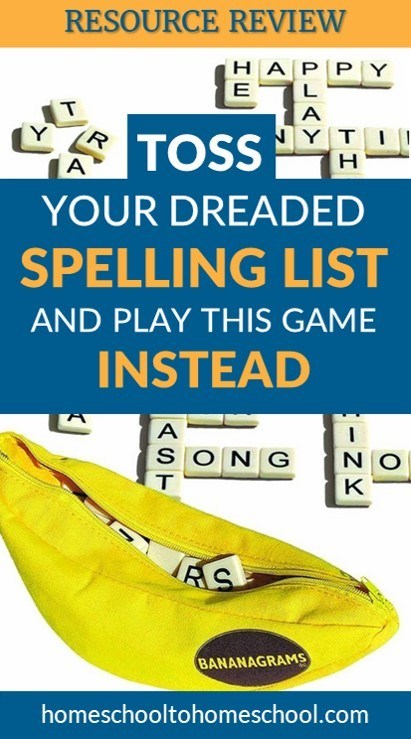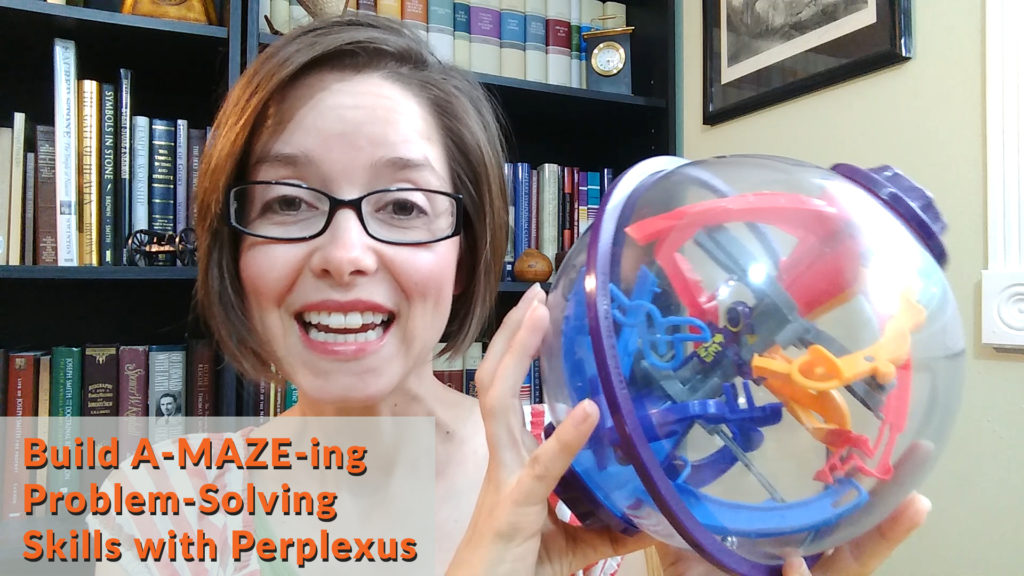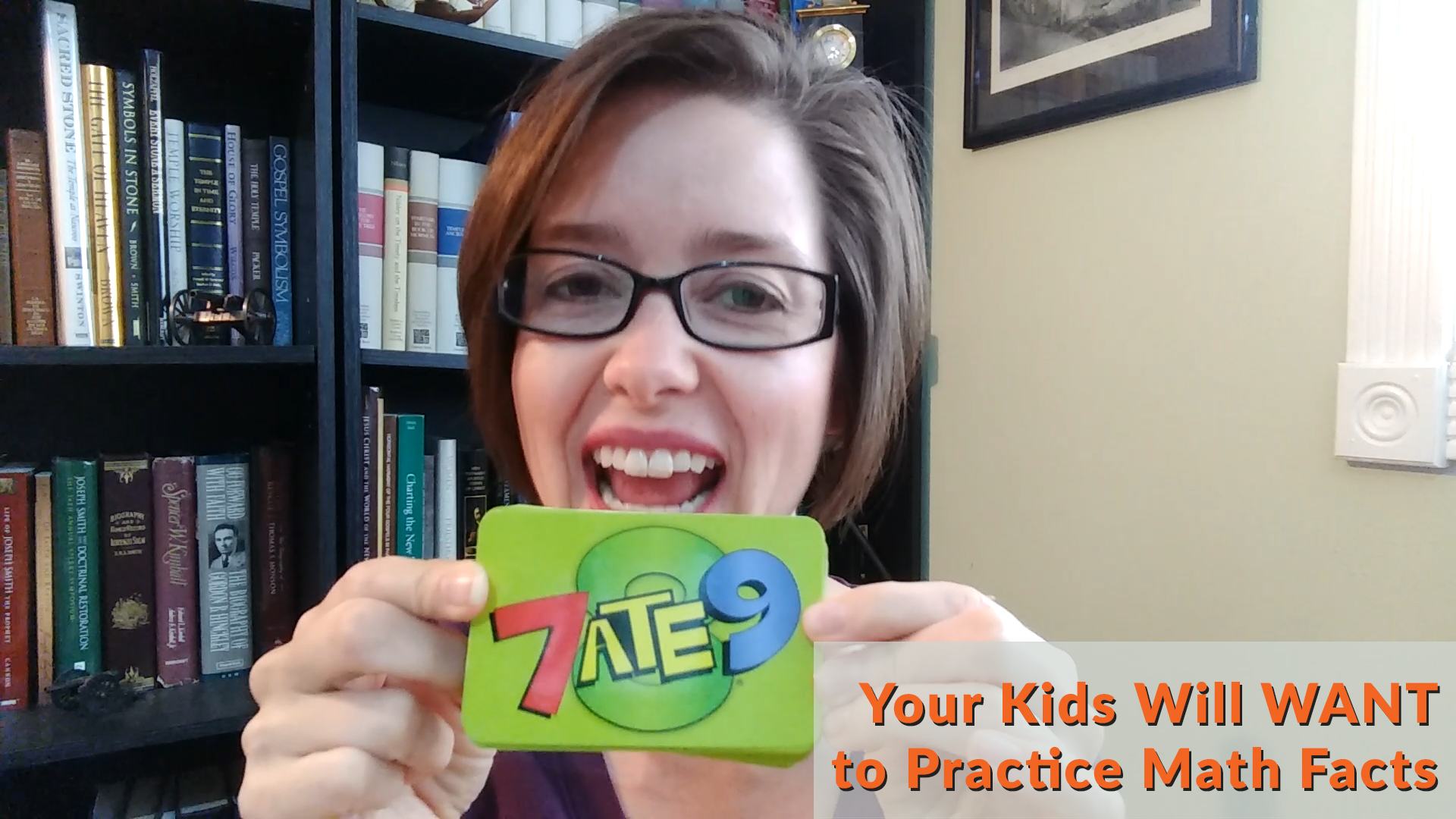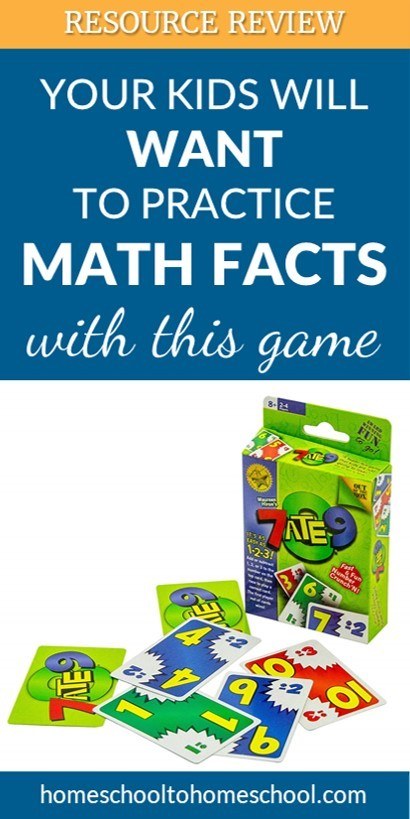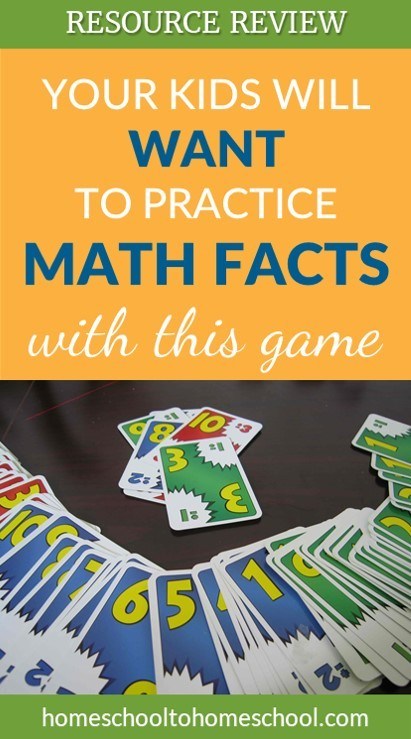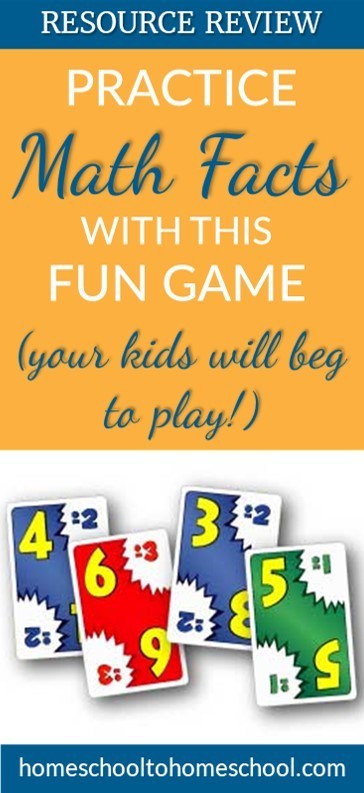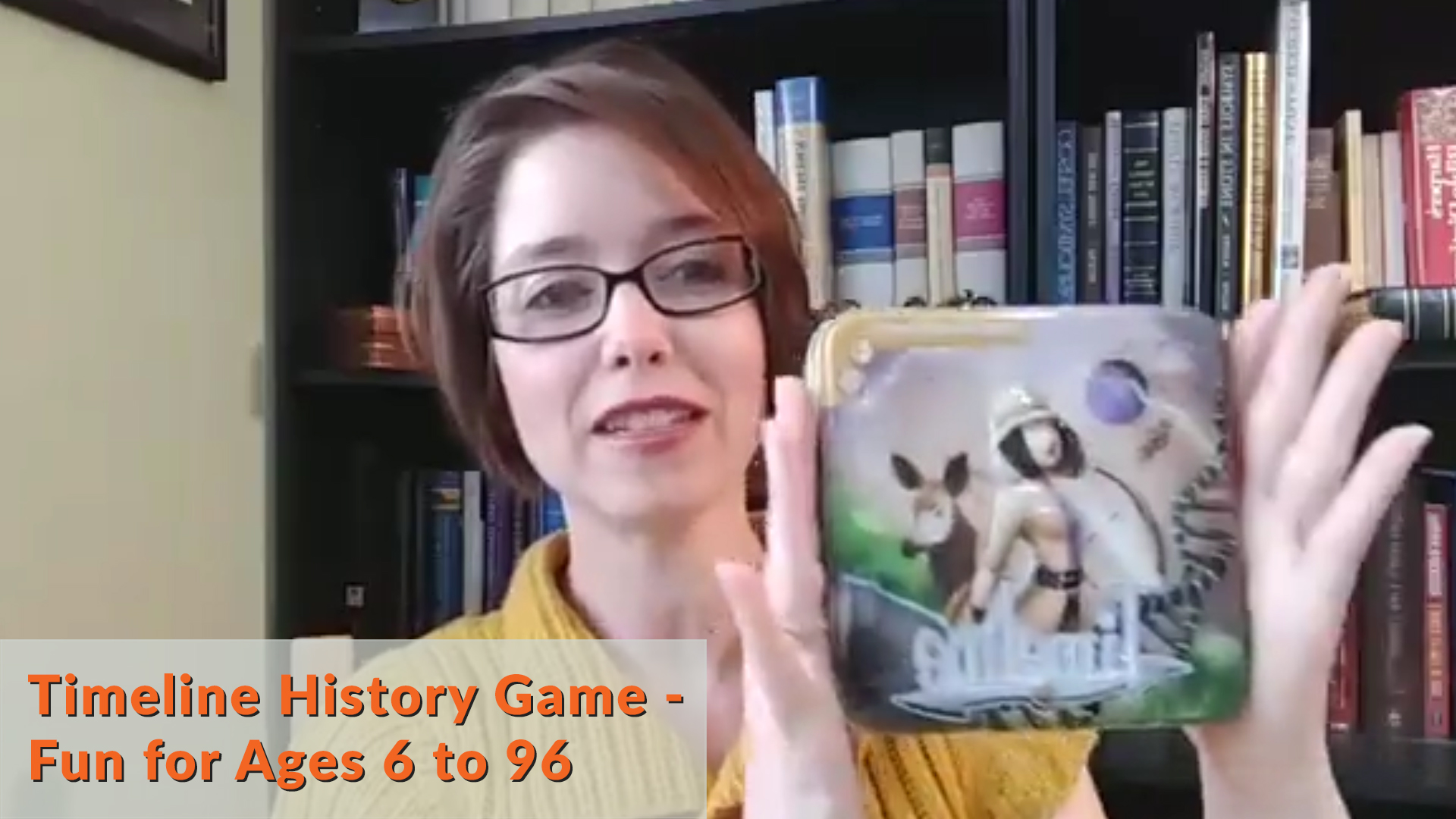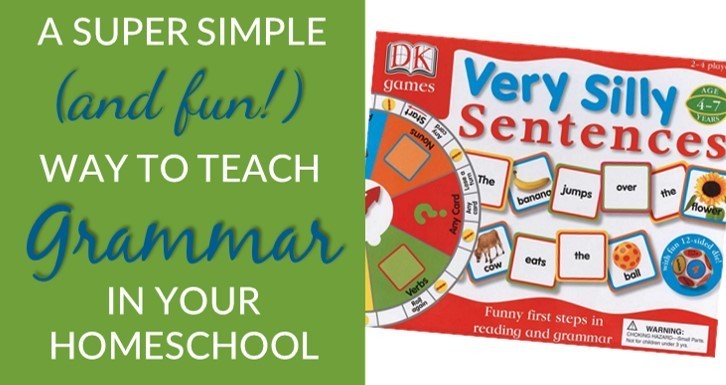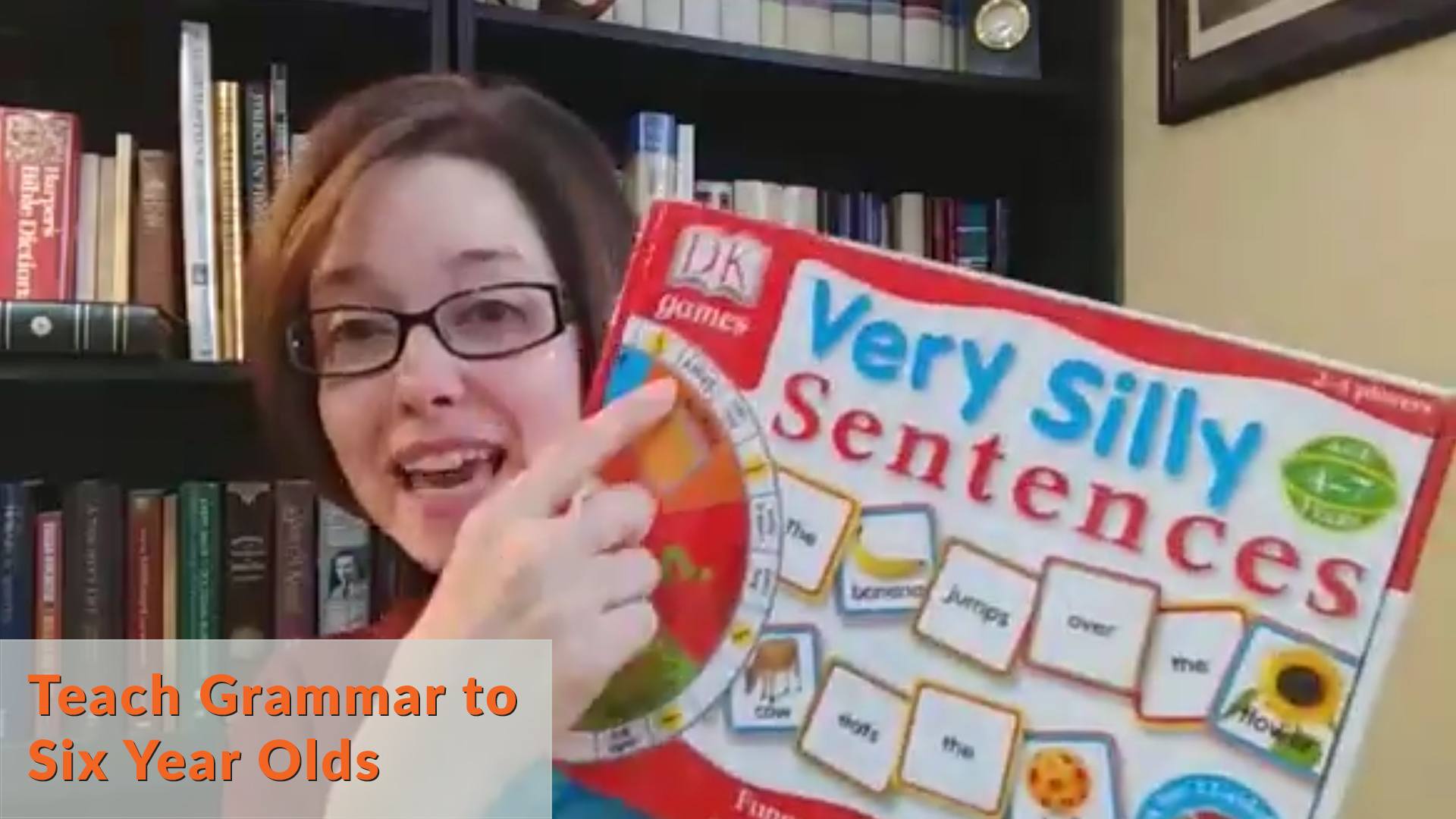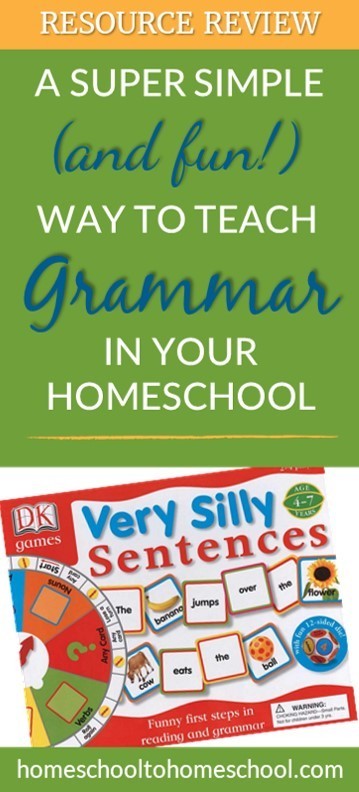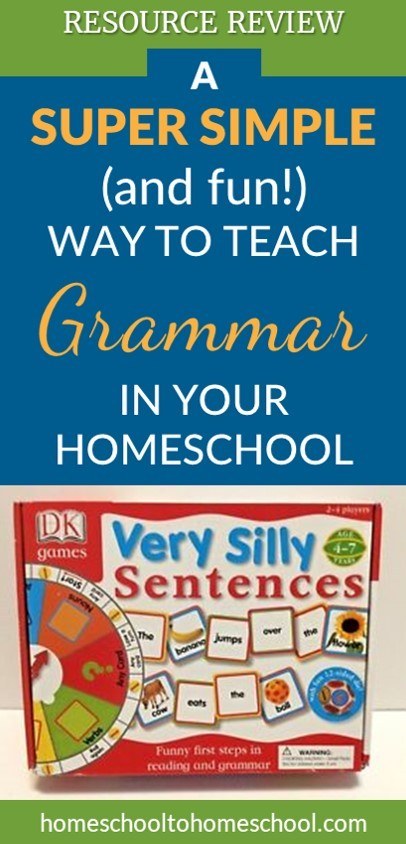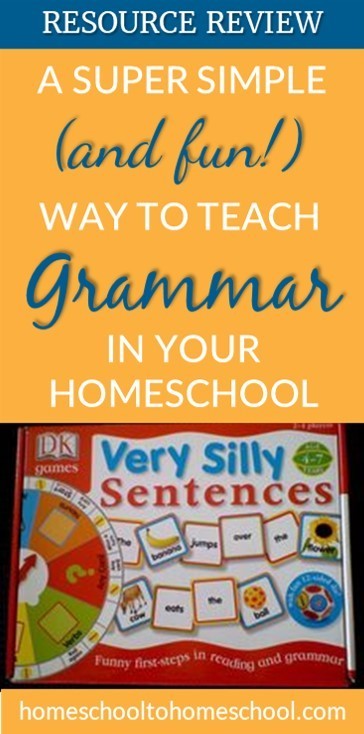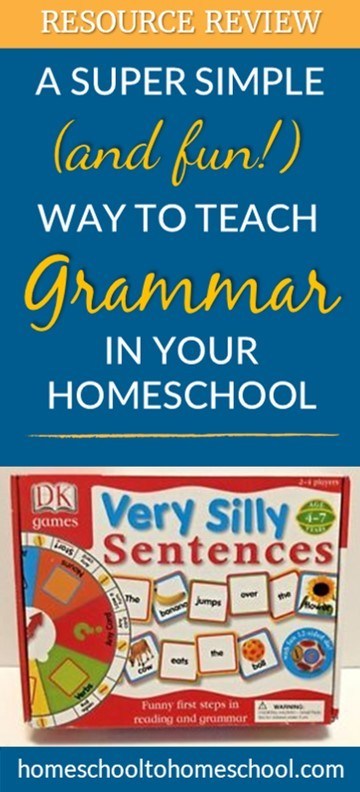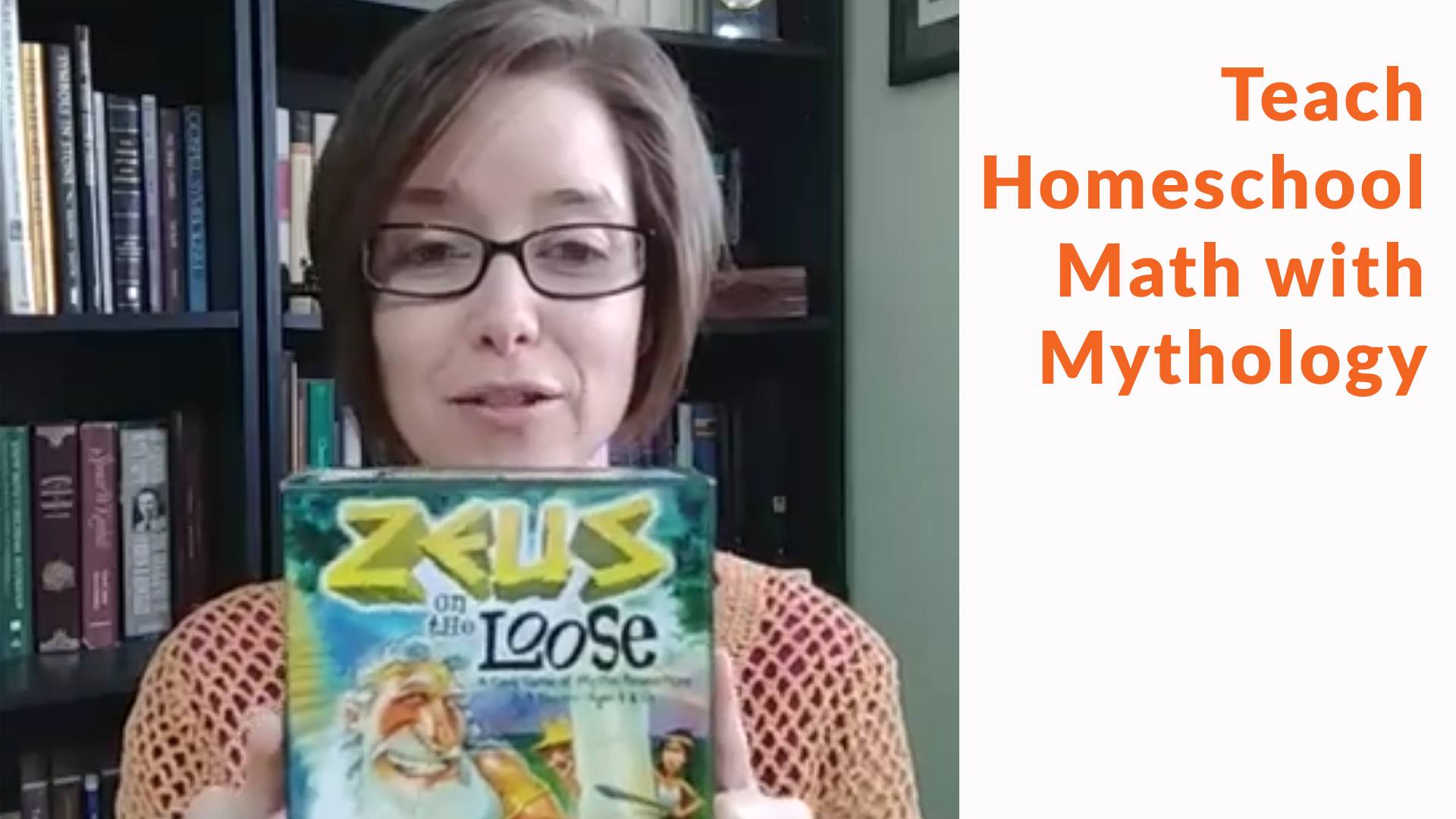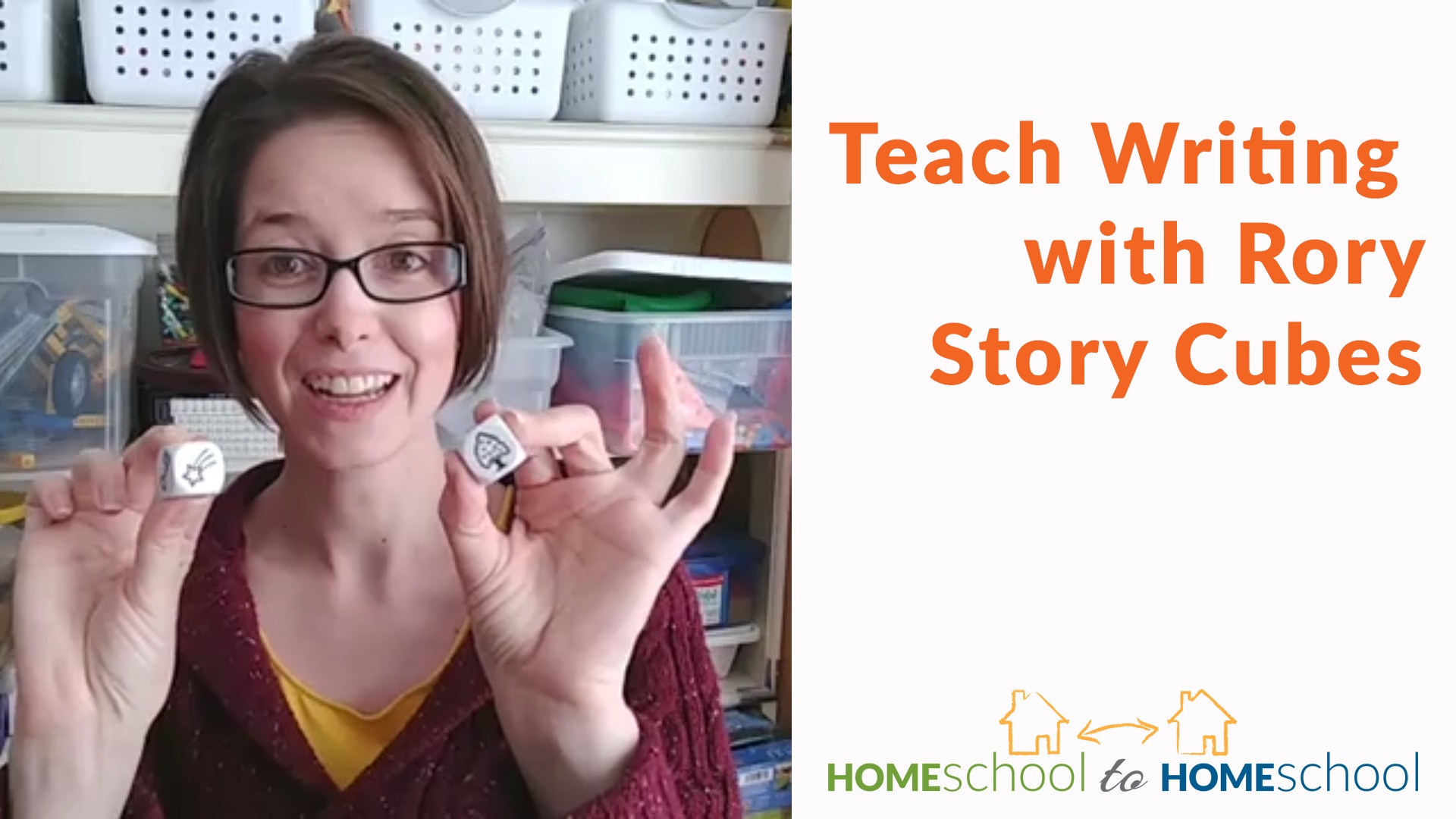Hey guys, it's ToriAnn Perkey here. From my homeschool to your homeschool, is long division or division in general something that your kids love or something that your kids not so love so much? Yeah, in my home, division is just one of those things that is not a beloved topic, and I get it.
One of my memories from elementary school is doing long division and just dreading it because it is hard. It makes the brain work. It's like [makes sound] so many steps, so many places to make mistakes.
Division is tricky, but today I want to share a resource with you that can make it just a little bit easier. Division, fractions, primes, factors -- all of that is going to be easier with this game that I want to share with you today.
It is called Prime Climb, and I love this game. I have loved this game since it showed up as a Kickstarter campaign in my newsfeed. It was about 3 or 4 years -- no, maybe -- yeah, 3 or 4 years ago. We grabbed this game. I have never regretted it.
This is one of my absolute favorite math games that we play in our house, and let me tell you all the reasons why I love this game. First of all, it's completely visual, and I was looking for visual games because I wanted games that my kids could play regardless of whether they were reading well or not -- because some of my kids have some of those struggles. And so they were old enough to be starting to learn more difficult math concepts but they couldn't read yet. So, I love the fact this math is completely visual.
Second, I love the fact that it's so visual that it works for visual learners as well as more right brain thinkers as well as the left brain thinkers -- and I have both.
So, let me just give you an idea here. This is the game board, and let's make sure you guys can see it and this -- it's beautiful. It's absolutely beautiful. And it was put together by a couple of genuine mathematicians -- really strong ones.
And what's really, really -- oh my gosh, this is so cool -- is you'll notice down here the #2 is all gold, right? The #3 is all blue. Well, when you get to 4, you'll notice it's gold … and let me show you -- let me see if I can do this. It's got a divider in between that.
So, what you see is they've taken 2, and they've shown how by division it makes 4. If we come up to 6 -- ah, this game board. If we come up to 6, what you can see here -- maybe I can do this. Aha. If we come up to 6, it is the blue -- I can't do my colors. It's the green and the yellow combined. Did you see that? So, it's like yellow and green combined which is the 2 x 3. And then we get to 5 which is another prime, right? So, there's no -- it's just a solid prime, and then 7's a prime.
But if we come over here to say this red one, red's a 37 -- these are the prime factors. So, they don't get to be red. But once we get here ... once you get into the higher numbers ... any number that's completely prime is red, but any number that's created by other numbers is a division and a colorful combination mathematically -- visually with those. So, 36 is a 3, a 3, and a 2, and a 2, and you'll notice that's factor trees.
Factor trees visually represented with colors. Thirty five is your blue 5 and your purple 7. Okay, when I realized what they had one with every number up to 101, I really, really just sort of wigged out. I was like [crazy happy sound 🙂].
So, what you do as you play this game is your goal is to move your piece all the way from the start to the center. And there's cards that give you different instructions about how fast you can move. There's dice that you roll. There's going backwards. There's going forwards. And there's the additional added step that you have to do factoring math to move forward or to move back. And depending on how complicated you make it determines how much math your kids need to know to be able to do this game.
So, you're able to do at different levels. My 6 year old was able to figure it out, but my 10 year old and my 12 year old still enjoy playing. And as an adult and as teenagers, we still enjoy playing because it's one of those games that grows with you. It stretches your brain. It gets you thinking, so all the family can play.
So, Prime Climb is one of those games that is so packed with math at the same time it's fun, it's visual, it's going to keep you moving forward. And it's by people who understood that if they could take a math concept that was a little hard to understand and primes, factors -- all those things that go into division, into fractions -- and they could make it simpler, it was going to make everything after primes and factoring so much easier.
And this is one of those games that when my kids then get to division, get to those higher level things, they already understand what's going on. When they look at fractions, and they're trying to figure out how to come up with multiples, how to come up with all those things, these concepts that we've learned in Prime Climb and in other games like this are now embedded in their brain and moving them forward faster because they can see the concepts.
I love it, love it, love it. So, if this is something you're interested in, fortunately you don't have to wait for another Kickstarter campaign. You can pick it up on Amazon. Just check up the link up above or down below -- wherever it is based on where you're watching this video. It's definitely going to be worth your time to check this out.
I'm ToriAnn Perkey, and I bring you these videos every week so that you can be a super successful and confident homeschool mom.
